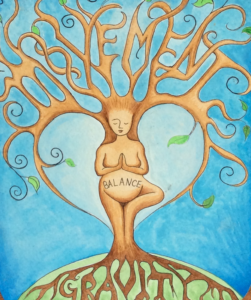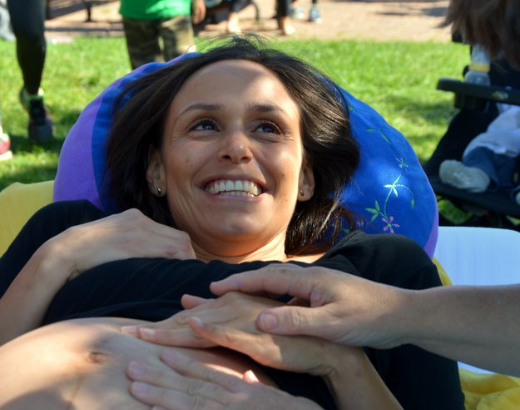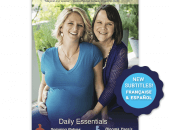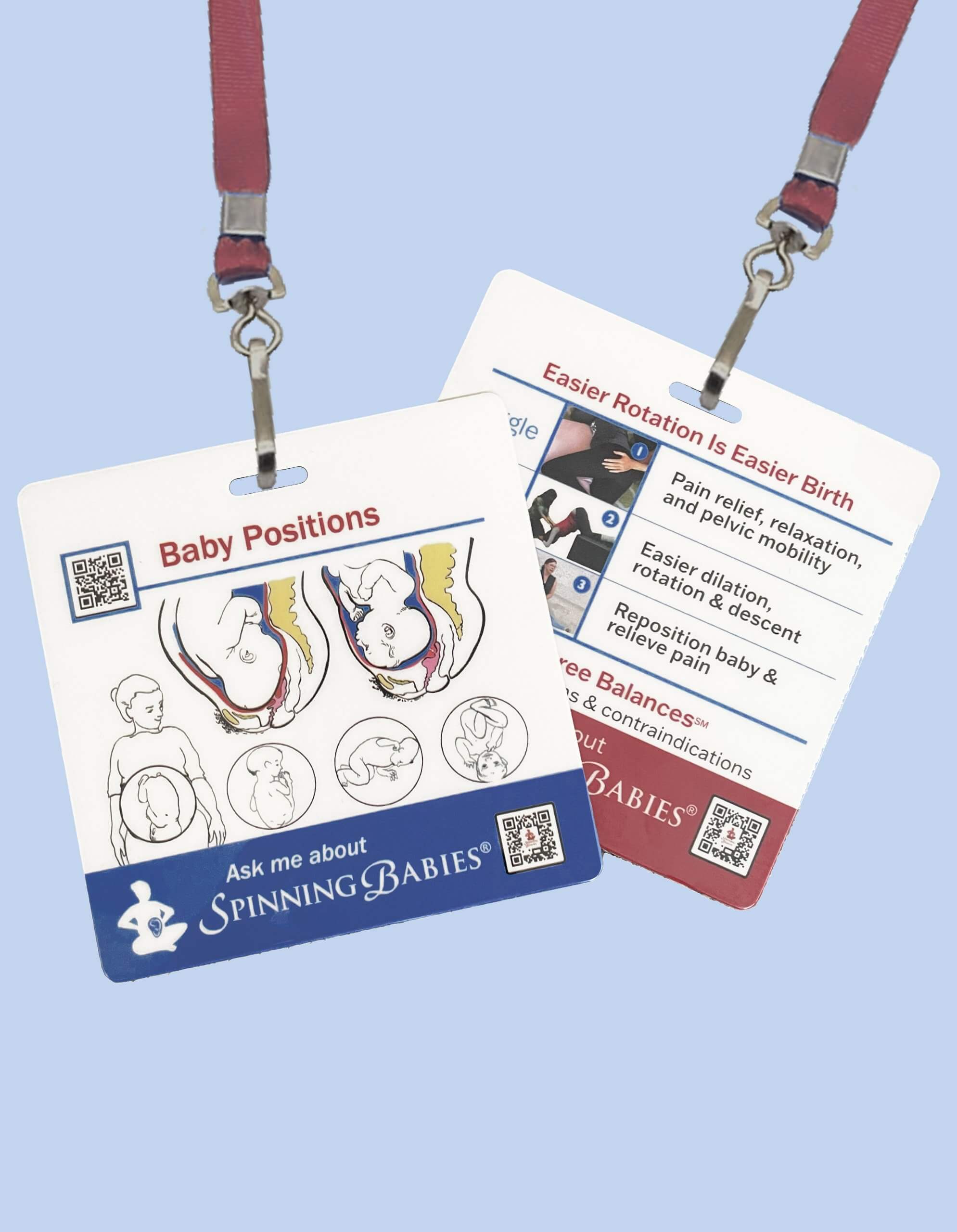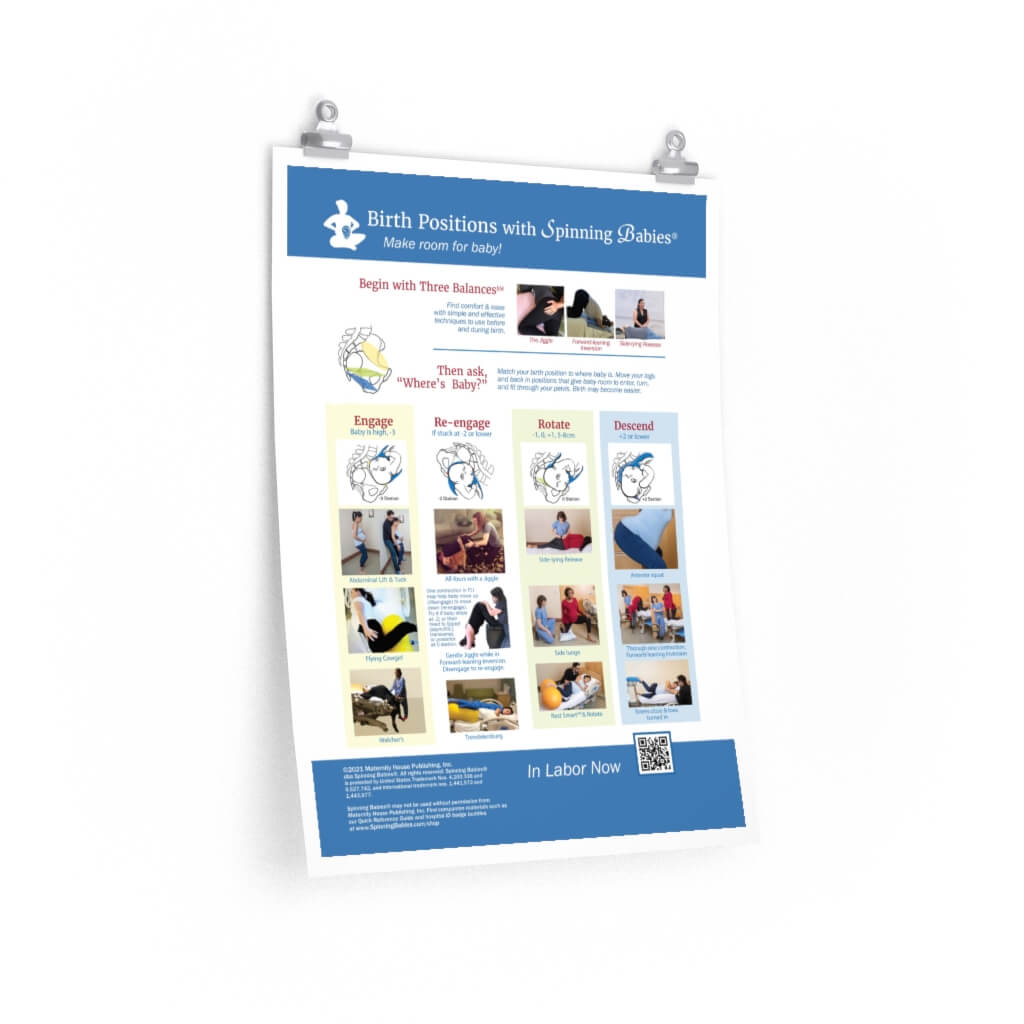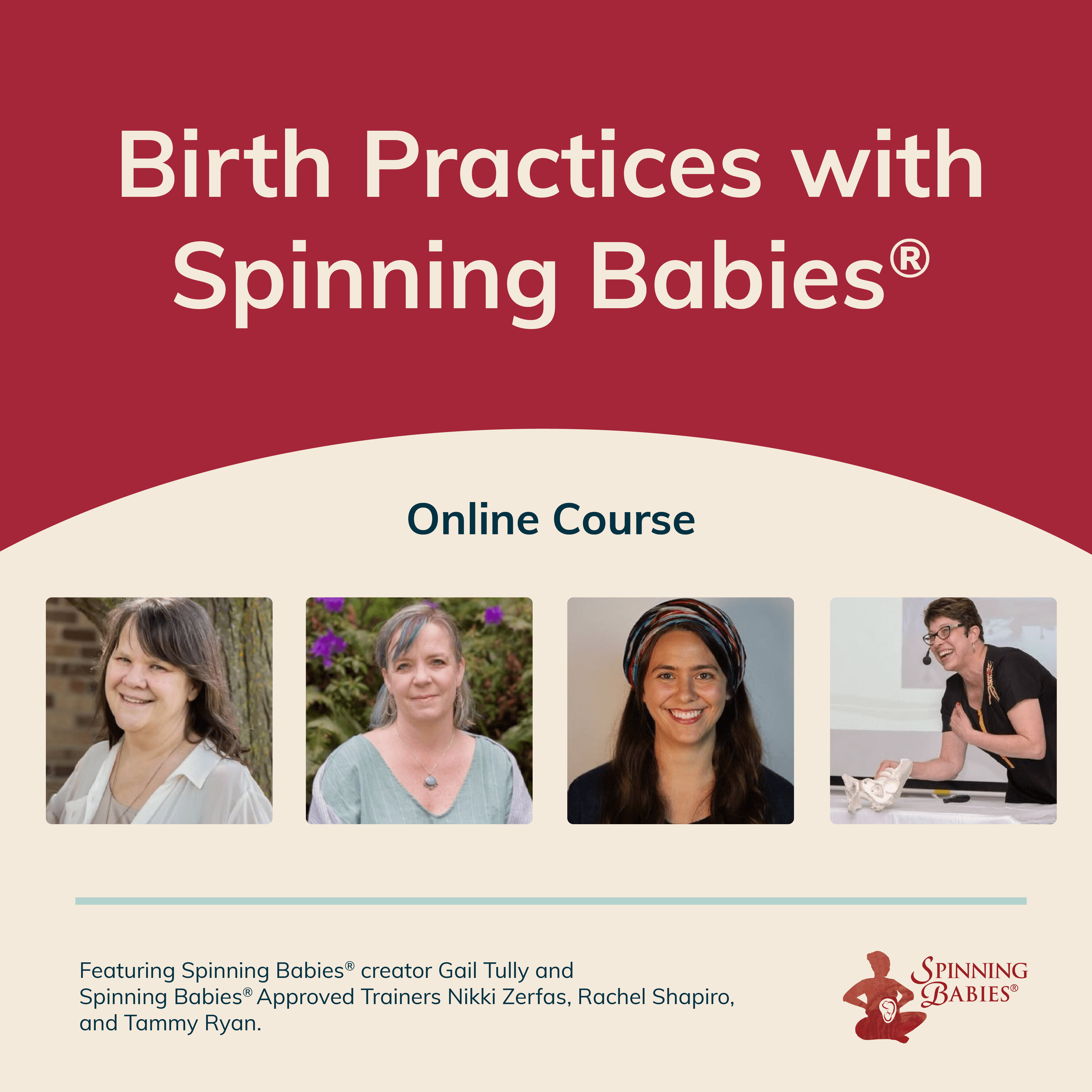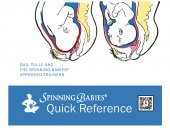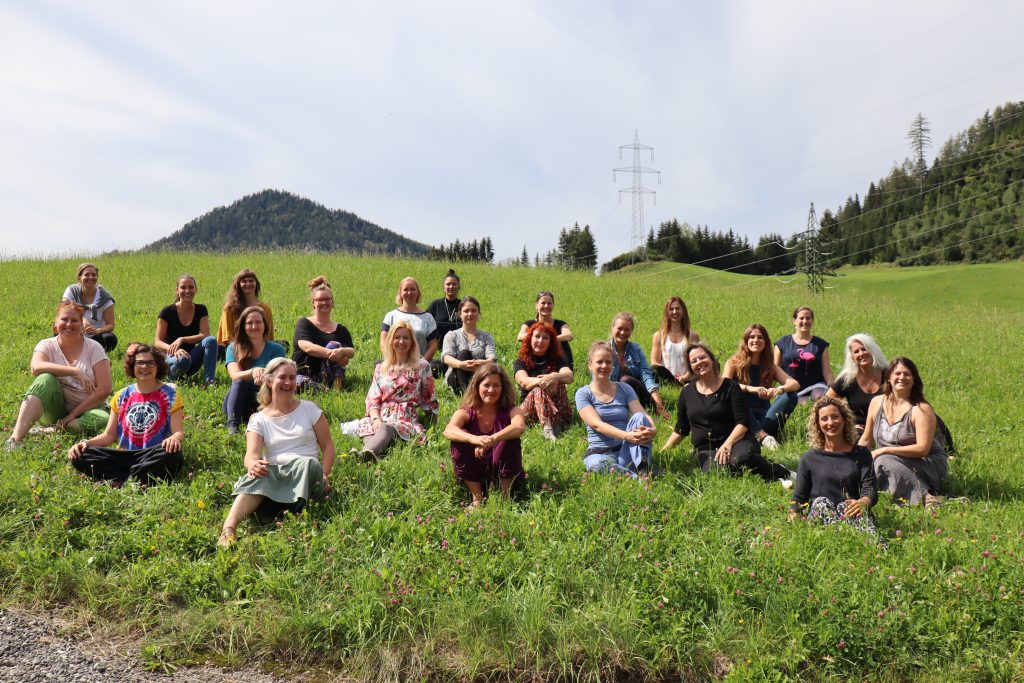That’s okay. We’re all doing the best we can. A year from now, we want you to be satisfied with your amount of preparation. Take it one movement at a time.
Would more visuals help you? Use the videos below or one of our online courses to begin preparing for an easier pregnancy and childbirth. Regular use of tips on both videos creates a dramatic improvement for many.
Would an officially trained Spinning Babies® Certified Parent Educator help you? You can have help online or in person with a Parent Educator who has a childbirth education background (some with certification in childbirth education, some with community experience) and a 4-day training with Spinning Babies® for the single purpose of teaching parent(s) how to prepare for birth safely with Spinning Babies®. Check our list. A personalized online Spinning Babies® Parent Class can be offered “anywhere” by one of our Certified Parent Educators and includes the Parent Class download in their price.
Is it safe? Ask your provider if there is any medical reason not to utilize a specific technique, like the inversion, and realize there are several other choices for balance, like abdominal release. Are they the same? No. But use what you can use safely. Each technique has a list of who shouldn’t do that technique on the page with instructions for that technique. There is more discussion on safety throughout our website and at each technique that requires safety tips.
What to Do?
- Meet with a Spinning Babies® Certified Parent Educator who will take you through our activities
- Stretch each day with Sarah Longacre on the Spinning Babies®/Blooma® Daily Essentials streaming video
- Learn from Midwives, Emma Moreland, Gail Tully, pregnant parents and special guest, Tema Mercado, at home with our Birth Preparation with Spinning Babies® Online Course. Move together with the pregnant parents showing you how on video.
- Get bodywork from a Spinning Babies® Aware Practitioner for your pregnancy, during your birth, or for an online consultation

